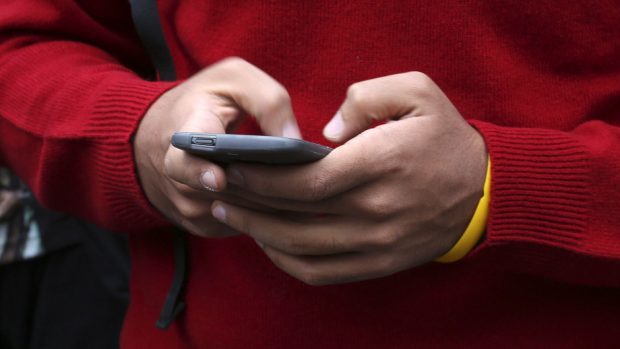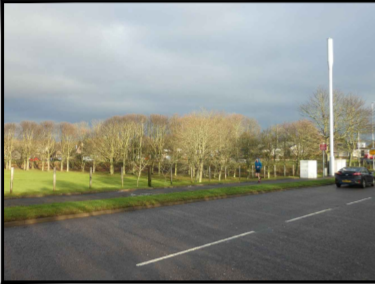A telecommunications firm has moved to reassure north-east residents that new 5G technology will cause them no harm.
5G is the next generation of mobile broadband, and is designed to boost internet connection speeds.
But some fear its “stronger waves” are detrimental to public health and, in the last few months, unfounded conspiracy theories have gone as far as to suggest the technology is linked to coronavirus.
Boxer Amir Khan, actor Woody Harrelson and TV personality Amanda Holden are among celebrities who have shared links to anti-5G petitions online – despite there being no scientific basis for the concerns.
In Aberdeen, the council has approved plans for a 65ft pole with six antennae and cabinets on the footpath at King’s Gate.
The proposals, by Cornerstone Telecommunications which is owned by O2, were lodged as “there is a specific technical requirement to provide new 5G coverage” in the area.
However, objections were lodged from across the region, from Old Aberdeen to Portsoy, as people urged the council not to approve the plans.
One objector said the mast would be “risking great health and environmental detriment”.
Documents submitted by Cornerstone stated: “We recognise that the growth in mobile communication has led, in some cases, to public concern about perceived health effects of mobile technology, in particular about siting masts close to local communities.
“Quite naturally, the public seeks reassurance that masts are not in any way harmful or
dangerous.
“Cornerstone ensure that our radio base stations are designed and built so that the public are not exposed to radio frequency fields above the guidelines set by the International Commission on Non-Ionizing Radiation Protection (ICNIRP).
“In fact, radio base stations operate at low power and emit levels of
radiofrequency fields many times lower than the ICNIRP general public guidelines.”
Full details of the application can be viewed on the council’s website.

